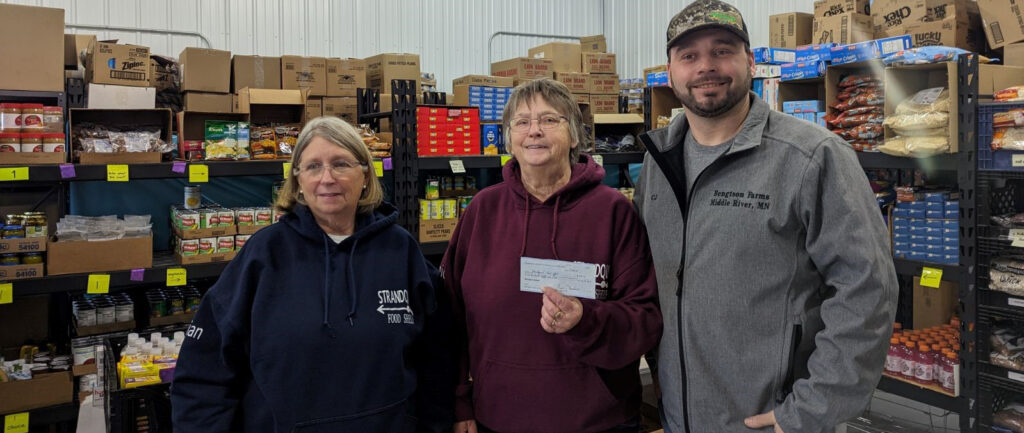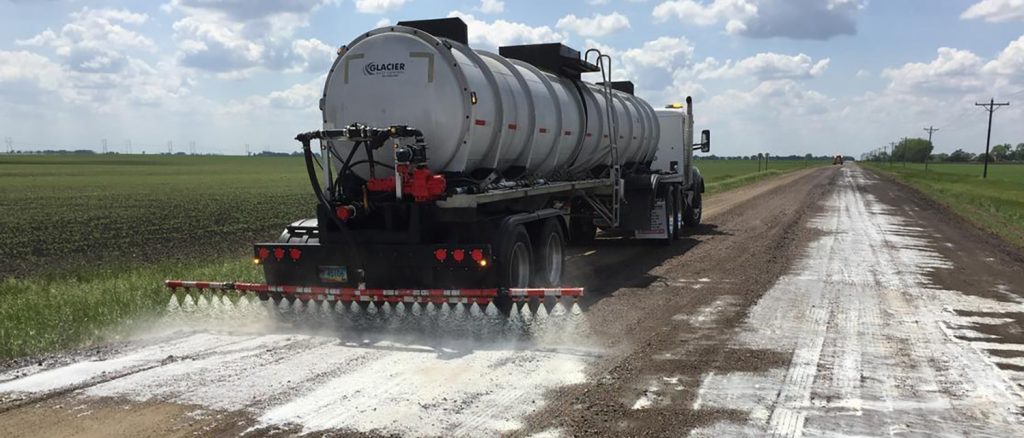This story was featured in the May-June issue of Soybean Business. The online version can be viewed here.
Beginning farmers venturing off-farm for income, benefits
Let’s face it, the bank doesn’t count sweat equity when considering loans.
And with low commodity prices, farmers are tightening up purse strings, keeping equipment longer, renegotiating land rent and choosing a job off -farm to supplement income.
“Off -farm jobs really pay for those larger items that you need, but the farm can’t afford, like a new fridge or a vehicle,” says Ken Rossow, senior vice president at Nicollet County Bank. “Some farmers have substantial equity, but a really tight cash flow. If the farm can’t generate enough cash to meet the living needs of the family or make principle payments, then cash liquidity and debt servicing issues start to arise.”
Ted and Katie Brenny raise beef cattle near Mazeppa, Minn. Ted was raised on a dairy operation and Katie grew up on a soybean and corn farm with a feedlot and pumpkin patch. When they graduated college, the opportunity didn’t exist for them to come home to their family farms. Although they are the fifth generation to farm, it isn’t on the farms they grew up on.
“We knew we were going to have to work off -farm. We live in an area where land is expensive, so we have a mortgage to pay,” Katie Brenny says.
Katie is a field product specialist for Climate Corporation, and Ted works as an appraiser reviewer for Agri-Access.
Farmers need to look at their income statement and if the farm isn’t generating enough cash to meet the living needs of the family, that is when it is time to start looking at seeking off -farm income to reduce some of the financial stress on the farm checkbook, Rossow says. He says that it is very common to see a large percentage of the farms he works with have some off -farm income.
“Off -farm income shows that they are industrious,” he says. “Circumstances vary, and it isn’t the only component we look at. But it shows that they have some skin in the game, and often have skills that translate back to the farm operation. They tend to borrow less and subsequently, pay less interest.”
For Keith and Morgan Allen, who live and farm near Kenyon, Minn., the rising cost of health insurance has made working off -farm more important. Morgan works as a dairy specialist for Big Gain, and Keith owns and operates Haycreek Ag Services and is a seed advisor for Syngenta and Golden Harvest. After graduating college, both took jobs working in the agriculture industry.
“A significant portion of my income,” Morgan Allen says, “goes towards paying or providing insurance such as health insurance, life insurance, homeowners, car and business.”
Retirement and long-term social security offer benefits to off -farm employment that farmers, especially young farmers, may not consider. Rossow advises that when farmers aren’t always paying in a lot of taxes, they won’t receive those benefits later on in retirement.
“The biggest struggle is time,” Katie Brenny says. “When you work Monday through Friday and the feed mill closes at 4:45 p.m., the bank is only open until 4 p.m. and the vet can only come during the day, you end up taking vacation time to do what others consider normal farming activities. Sometimes others don’t get that our weekends aren’t our weekends; weekends are for farm work because we can’t do the same things they do during the week.”
Another hurdle is figuring out how to juggle work, farming and life. Because they hold different hours than banks, coops, grain terminals are open or seed salesman, they need to be creative with their time.
“You worry if the farm is getting neglected or if something isn’t getting done adequately,” Keith Allen says. “It can mean early mornings and late nights, but we’ve realized a lot of it is knowing the seasons of our farming operation and planning around that, too.”
One thing Rossow, Brenny and Allen all agree on is this: Communication among couples who farm and work off -farm can be difficult. Text messages, calendars, white boards, spreadsheets, and family meetings are ways to maintain communication when there are appointments, meetings, kids’ schedules, and the daily operation of a farm.
“We hold each other accountable by having a calendar and family meetings,” Brenny says. “We know who is paying what bill and our projects for the week. You figure out the cycle of your farm and plan major events around that.”
Brenny says an added benefit of working off -farm is the network she has been able to create with other farmers and professionals in the industry. She has found that she has other farmers to bounce ideas off and get questions about farming answered.
“What people gain from off -farm employment truly broadens their horizons,” Rossow says. “They grow intellectually, professionally, emotionally, and they make many business contacts that can help their operation in the future.”
“It isn’t glamorous, sometimes it is a choice,” Brenny says. “Bills have to be paid, but the opportunities for growth are endless.”







